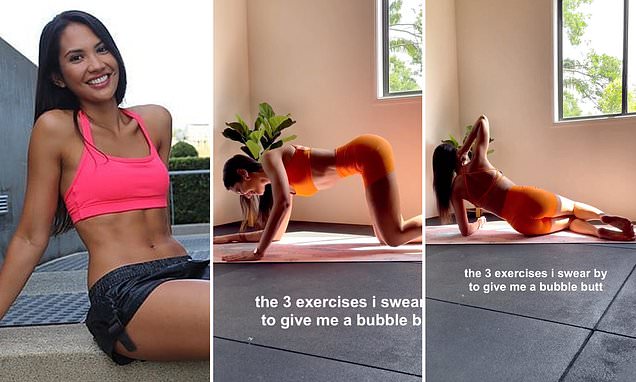Okay, let’s dive into this, something I’ve definitely dealt with – what some folks call “tennis butt.” It’s that particular ache you get right in the glutes after a good, long session on the court.
My First Real Encounter
I remember it clear as day. It was after a weekend tournament, played a couple of really tough matches back-to-back. The next morning, I tried to get out of bed, and boy, my backside was screaming. It wasn’t just tired; it was a deep, specific ache. Sitting down was an adventure, let me tell you. For a while, I just thought, “Well, I’m not as young as I used to be,” or “Guess I really pushed it.”

Figuring Things Out
So, my first approach was pretty basic. I’d just try to “walk it off.” Maybe do a couple of quick, half-hearted stretches if I remembered. But the problem was, it kept coming back. Every time I had an intense practice or a competitive match, the next day was a struggle with that same soreness. It was clear that just ignoring it or doing the bare minimum wasn’t going to cut it. I had to get a bit more systematic about it.
What I Started Doing – The Actual Practice
This is where I really started to build a routine. It wasn’t rocket science, just a few consistent things that made a world of difference.
Warming Up Properly:
This became non-negotiable. I used to just swing my arms a bit and hit a few balls. Nah. I started doing actual dynamic stretches. Things like leg swings (forward and sideways), walking lunges, some torso twists, and specifically, glute activation exercises like glute bridges or donkey kicks, just light stuff to wake those muscles up before I even stepped on court. It felt a bit silly at first, doing all that before playing, but it helped.
Cooling Down and Stretching (The Big One):
This was a game-changer, honestly. After every single session, I’d dedicate 10-15 minutes to stretching, focusing heavily on the glutes and hips. My go-to stretches became:
- The figure-four stretch: Sitting or lying down, cross one ankle over the opposite knee and gently pull the leg towards you.
- Lying glute stretch: Lie on your back, pull one knee towards your chest, sometimes across your body a bit.
- Piriformis stretch: This one can be a bit tricky, but it hits a deep glute muscle. Lots of variations, I found one that worked for me.
Sometimes, if it was particularly bad, I’d use a foam roller on my glutes and hamstrings. That was intense, but it really helped to release the tension.

Off-Court Strengthening:
I realized that just stretching wasn’t the whole picture. The muscles needed to be stronger to handle the demands of tennis. So, a couple of times a week, I added some simple strength exercises. Nothing crazy, just basic bodyweight stuff:
- Squats: Good old-fashioned squats, focusing on form.
- Lunges: Forward, reverse, and even some lateral lunges to work different angles.
- Glute bridges: Lying on my back, lifting my hips off the floor.
This wasn’t about becoming a bodybuilder, just about building some resilience in those key areas.
The Result
And you know what? It worked. The “tennis butt” didn’t magically disappear forever – after a really grueling match, I’d still feel it a bit. But the intensity and frequency dropped massively. I could get out of bed the next day without wincing. I could sit comfortably. It made playing tennis consistently much more enjoyable because I wasn’t constantly battling that deep ache afterwards.
So, that’s my story with it. It took some consistent effort to build these habits, but focusing on a proper warm-up, a dedicated cool-down with targeted stretches, and a bit of off-court strengthening really did the trick for me. It’s just part of my tennis routine now, as much as re-gripping my racket.

















